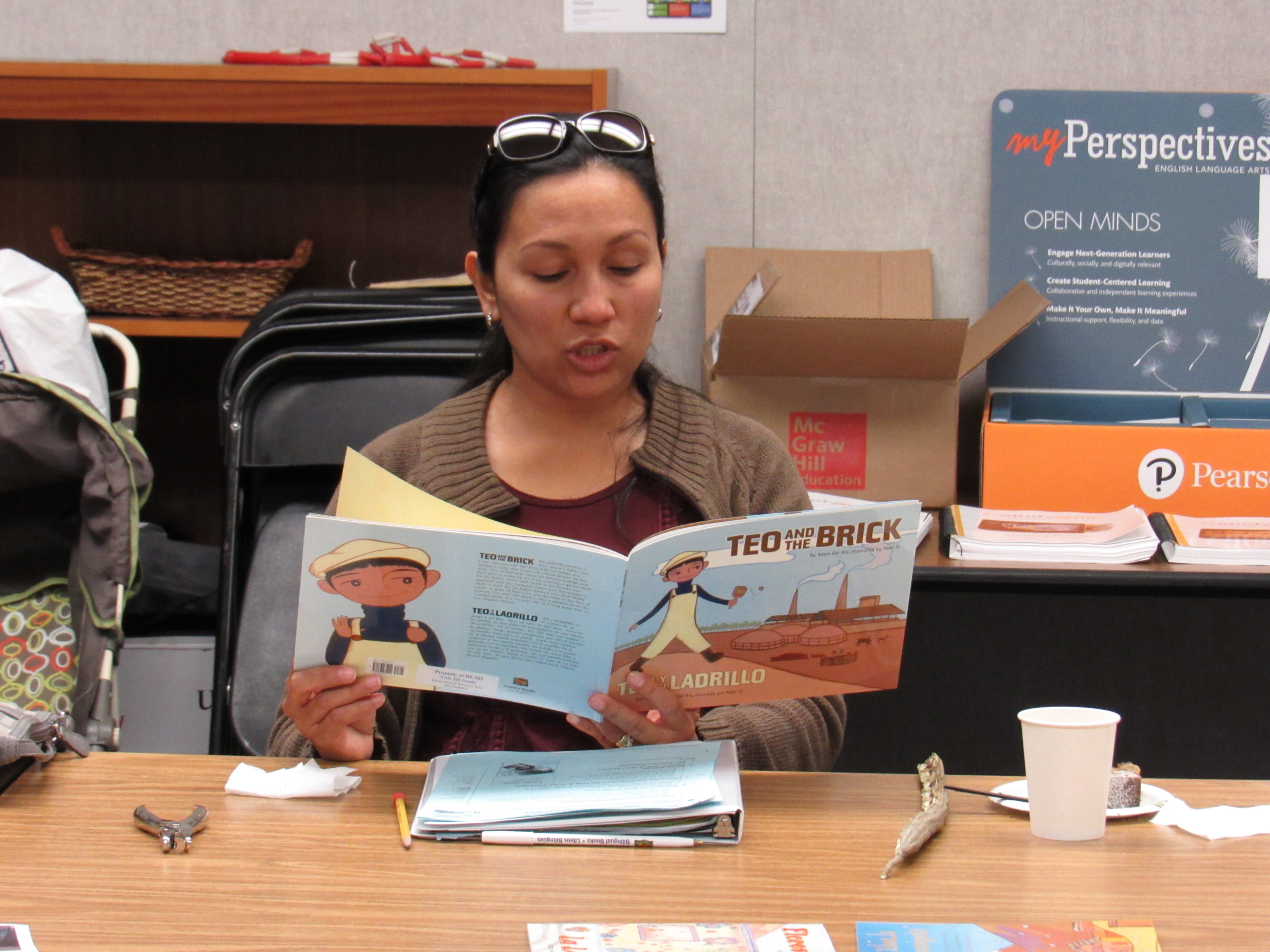In teaching with an open heart, an aware educator recognizes that each student arrives in the classroom with a different personality, background, learning style, and skill level, says the 2015 article “Cultivating a Caring Community: An Essential Aspect of Creating Engaged Classrooms.” It says when a teacher takes steps at the beginning of the term to intentionally gather students into a cohesive whole and give them a clear sense of purpose and direction, then he or she is investing in the foundations of this new learning community for the year. This initial investment then supports students in effectively communicating and collaborating with each other, participating in their own learning, and feeling as if they belong to a community they are also responsible for, it says.
The 2014 article “Summer Practice: Cultivating Teaching Presence” says that teaching presence is also very important when teaching with an open heart. Teaching presence is defined as that aspect of teaching that relates to who the teacher is, how he or she authentically expresses him or herself, and how the person engages and develops relationships with students. Beyond technique, strategy, and curricula, the article states that “teaching presence” refers to the simple and powerful impact of a teacher’s very being.
A high school teacher quoted in the article says that when a teacher simply notices what opens his or her heart and what closes is that that can develop more awareness around triggers and resistance. Based on these observations, the teacher can then make more conscious choices regarding his or her views and actions in the classroom.
In the 2014 journal article “Towards Teaching with an Open Heart,” one teacher said that now that she has more awareness of teaching with an open heart, she takes time to notice when she feels more relaxed. She also looks for the humor going on. She watches her irritation, too. For instance, when students talk over others, she sends them compassion. She notices how they are “pushing her buttons,” and then send herself compassion. She said she knows that from a place deep inside that we all need space and kindness, appreciation rather than impatience in order to learn in order to transform things. With practice, it’s becoming more than just a conceptual understanding to her, she adds.
What helps all of us in our jobs, not just teachers, is by educating ourselves as much as possible on whoever it is we are involved with. In this case, though, it’s kids. As such, it’s really important for teachers to really get to know who their student population is. This becomes even more important when it’s children who are more inclined to feel like outsiders, and that would be English language learners (ELLs).
To help bridge that gap between teachers and ELLs, it’s organizations like The Latino Family Literacy Project that can make all the difference for these young learners. Through its short half-day workshops located throughout the country or a 1 ½ webinar located from the comfort of home or school, teachers and staff are trained in literacy techniques or cultivating college awareness for this unique population.
Regarding improving reading skills of ELLs, specifically, the organization offers age-specific literacy programs on educating and guiding parents on the benefits of establishing an at-home reading routine using bilingual books. For more information, please contact The Latino Family Literacy Project, a program offered by Lectura Books.

